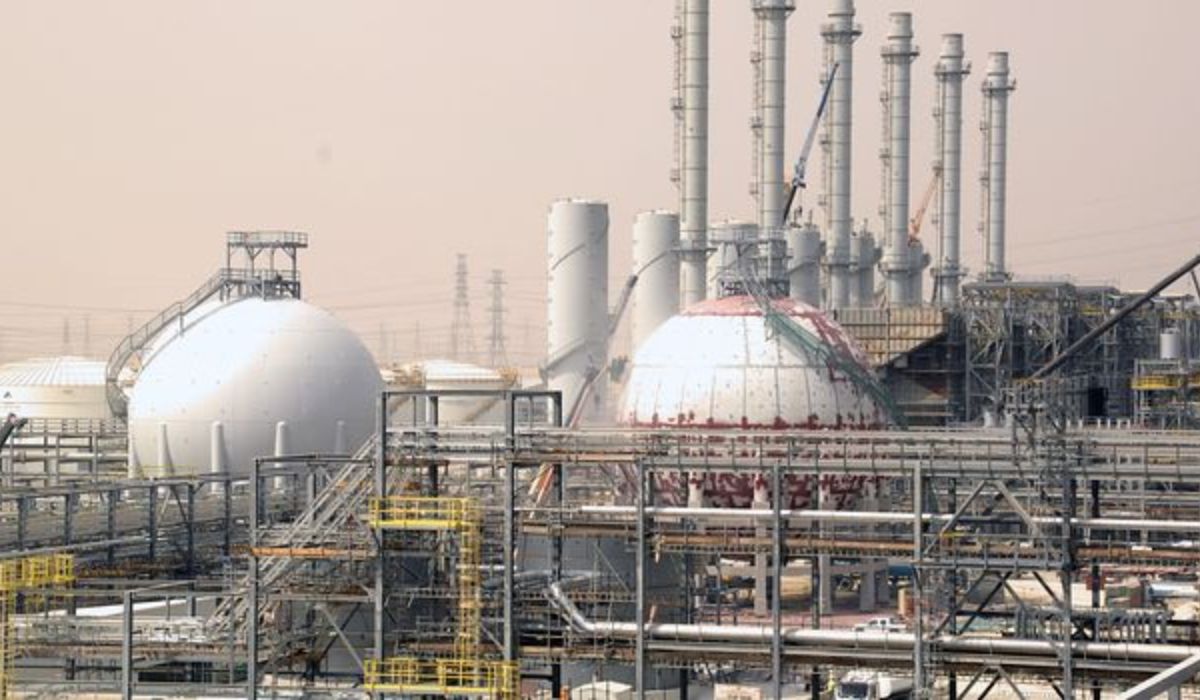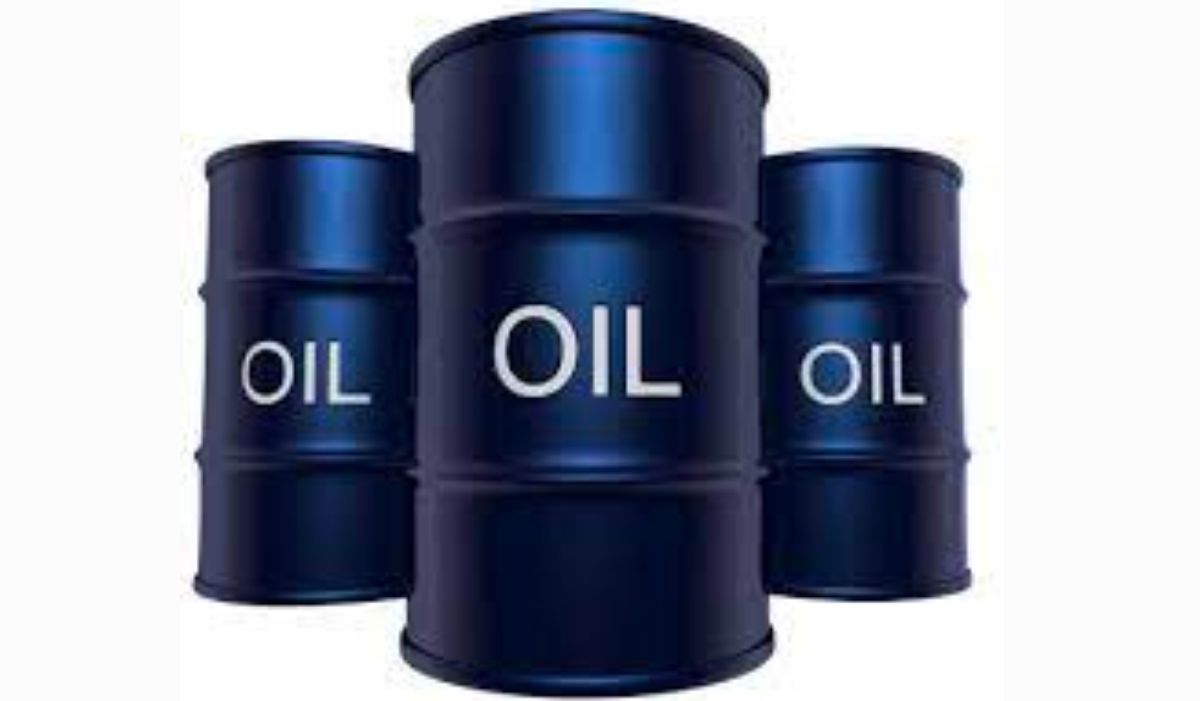Oil Prices Rise Friday Amid Demand Boost, Set for Sharpest Weekly Decline Since March 2023

Crude oil prices experienced an uptick on Friday, despite being positioned for their most significant weekly drop since March 2023.
The absence of major supply chain disruptions from the recent Iran-Israel tensions led to the removal of geopolitical risk premiums.
Brent crude futures rose by 50 cents (0.7%) to $68.23 per barrel at 10:36 GMT, while U.S. West Texas Intermediate (WTI) crude climbed 49 cents (nearly 0.8%) to $65.73, Reuters reports.
The 12-day conflict, which began when Israel struck Iran’s nuclear installations on June 13, initially drove Brent prices above $80 per barrel. However, prices subsequently collapsed to $67 following former President Trump’s announcement of an Iran-Israel ceasefire.
Both benchmark contracts were on track for weekly losses of approximately 12%.
“The market has almost entirely shrugged off the geopolitical risk premiums from almost a week ago as we return to a fundamentals-driven market,” said Rystad analyst Janiv Shah.
“The market also has to keep an eye on the OPEC+ meeting – we do expect room for one more month of accelerated unwinding based on balances and structure, but the key question is how strong the summer demand indicators turn out to be.”
OPEC+ coalition members are scheduled to convene on July 6 to determine August production quotas.
Multiple petroleum inventory reports showing substantial middle distillate drawdowns also provided price support, according to PVM Oil Associates analyst Tamas Varga.
Wednesday’s U.S. Energy Information Administration (EIA) data revealed crude oil and fuel inventory levels from the previous week, indicating increased refining activity and consumption.
Thursday’s data showed that independent gasoil inventories at Amsterdam-Rotterdam-Antwerp (ARA) storage facilities reached their lowest level in over 12 months, while Singapore’s middle distillate stocks declined as net exports rose week-over-week.
Furthermore, China’s imports of Iranian petroleum accelerated in June, with deliveries rising ahead of the conflict and demand from independent refineries strengthening, according to industry analysts.
As the world’s largest oil importer and primary buyer of Iranian crude, China acquired more than 1.8 million barrels per day of Iranian oil between June 1–20, representing a record high, according to Vortexa ship-tracking data.




